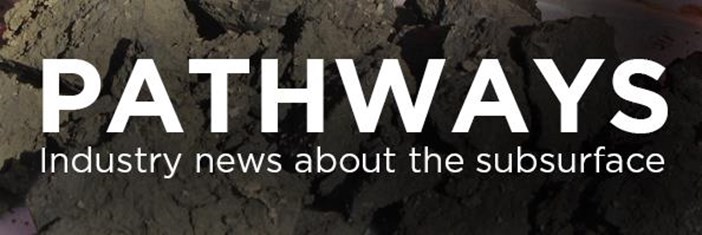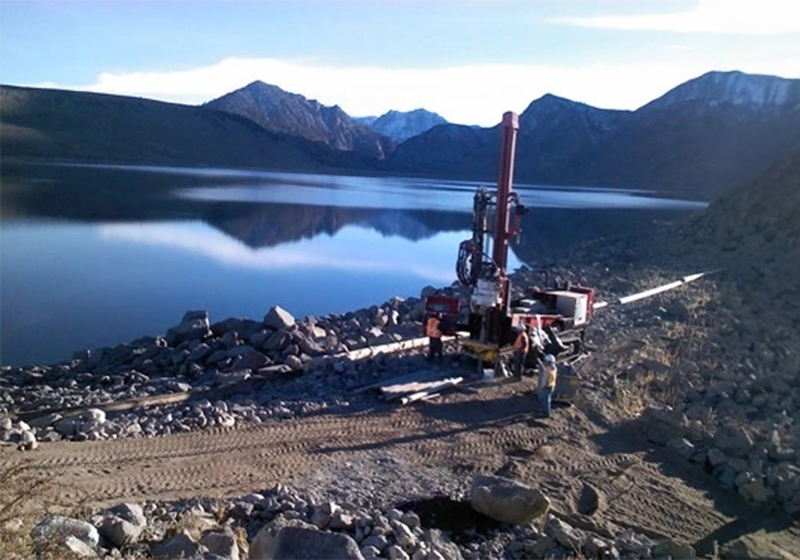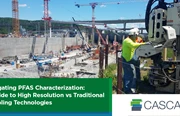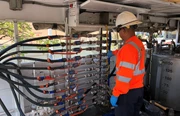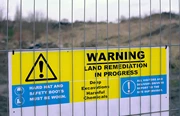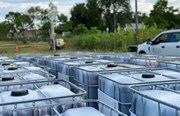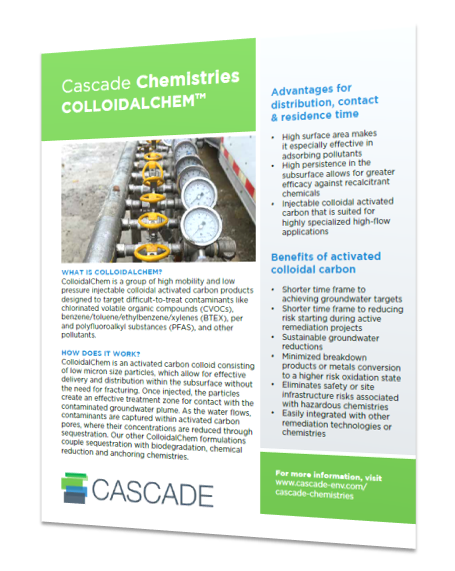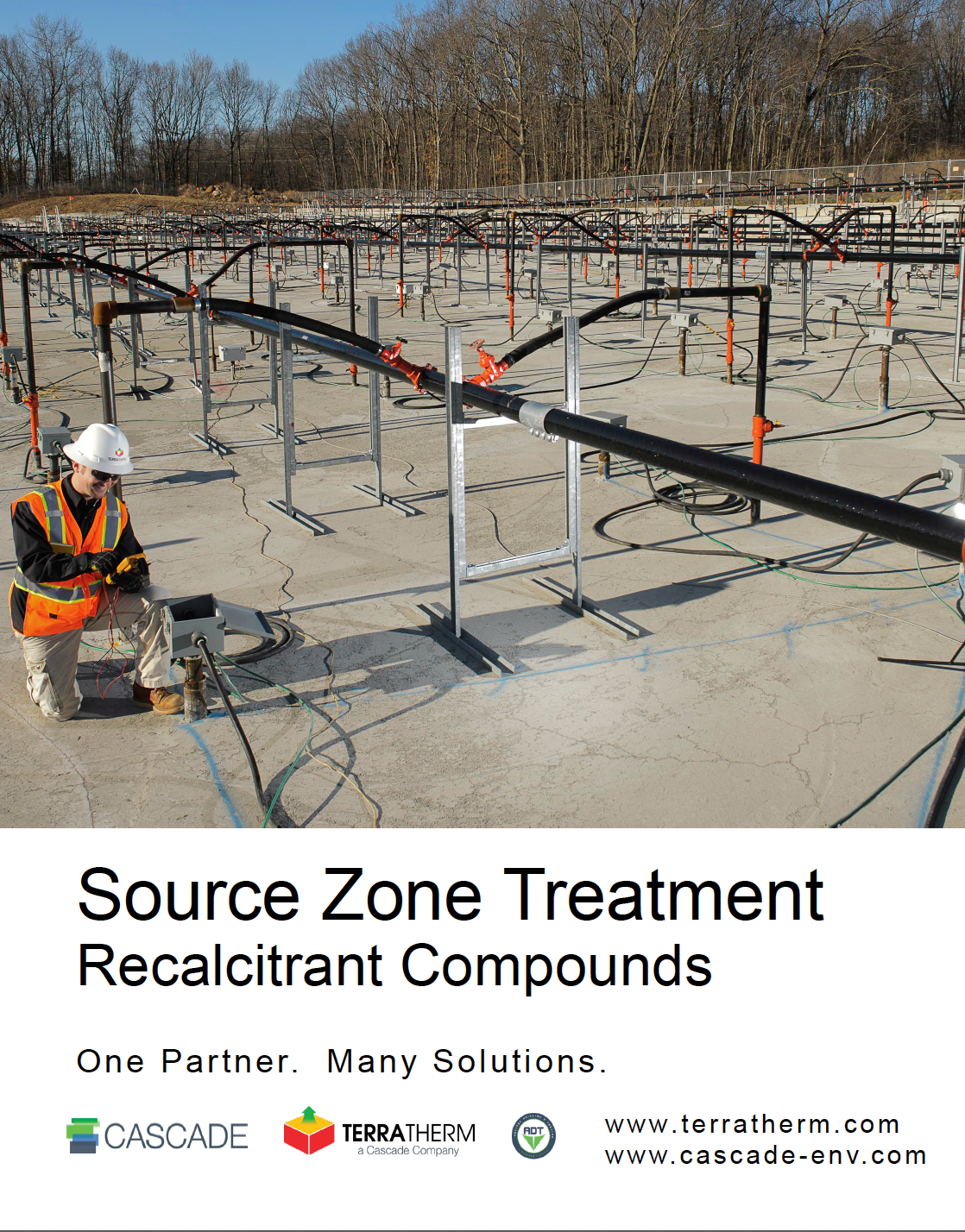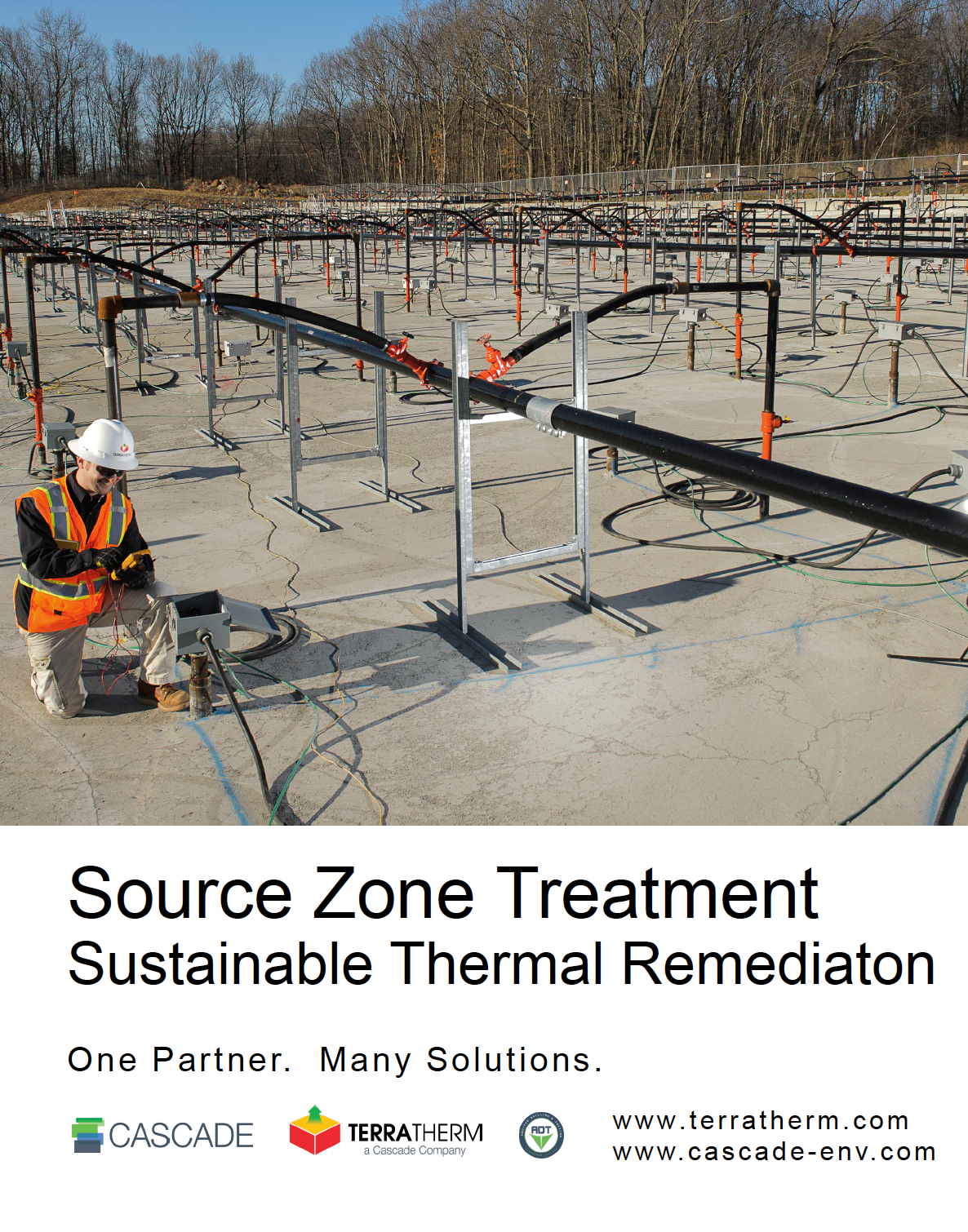Ask the Expert
With regard to injection, which is better? Top-down or bottom-up? What are the pros and cons of each?
Starting with the top-down approach, the key advantage lies in maintaining the integrity of the seal with each descending interval. As we move downwards, we're confident of achieving a solid seal at each step, thus enhancing the injection's effectiveness.
However, this method isn't without its challenges. As we go deeper, the possibility of the tool getting clogged becomes a concern. Yet, this issue can be effectively managed using an inner hose approach. By maintaining constant head pressure on the injection tool, we can prevent silt from entering and clogging the injection strata, thereby avoiding spiking pressures.
On the other hand, the bottom-up approach comes with its own set of merits. This method is typically suitable for projects with running sands and other flowing geologies, where the ground is liable to collapse onto itself. With this method, we push down a sheathed tool, which prevents any silt from entering. Upon reaching the desired depth, we retract the sheathing and start injecting from there, moving upward through the interval.
However, this method carries the risk of compromising the seal with each ascending interval. Additionally, it leaves room for void space beneath, leading to uncertainties about the exact locations where injected materials end up.
In summary, both methods have pros and cons, but in most scenarios, the top-down approach may be the best practice.
Ask us >>
